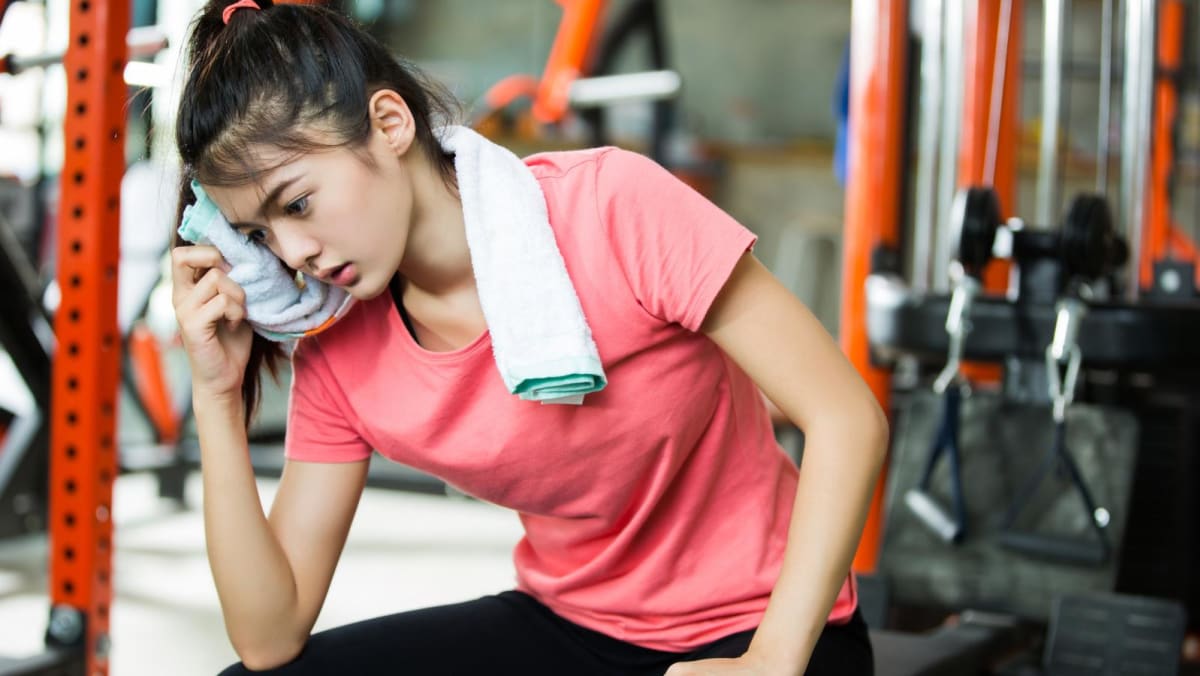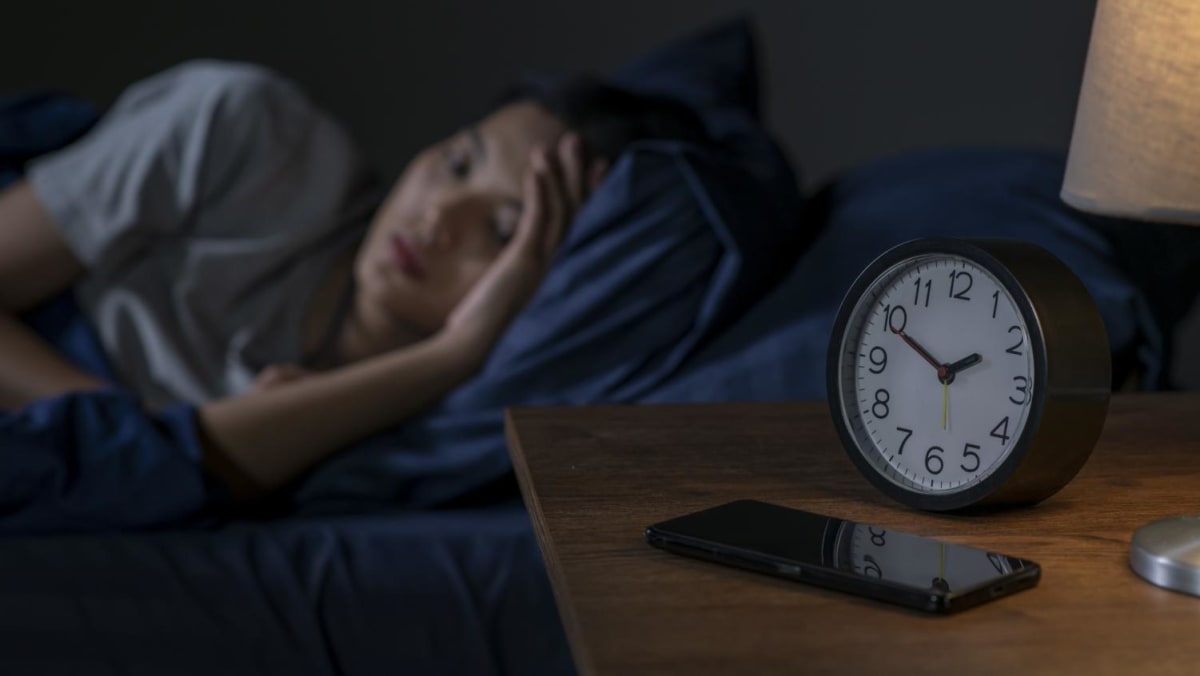NSFs have been known to spring for this shoe in pursuit of significantly faster IPPT (individual physical proficiency test) 2.4km timings. Its full-length carbon fibre flyplate offers a degree of energy return, so it literally puts some spring in your step. This is balanced by a stable ride and breathable Flyknit yarns offering greater comfort, while its light padding and thinner outsole help enhance performance.
- Weight: 200g (Men’s size US 9), 165g (Women’s size US 6)
Shop here (women’s)
Shop here (men’s)
HOW TO CHOOSE YOUR RUNNING SHOES
Shoe manufacturers have created a range of models tailored to specific training requirements, foot types, and running styles. Here are some factors to consider before selecting your next pair of running shoes:
Distance: How far and often do you run? Are you training for longer distances like a half-marathon or focusing on your IPPT 2.4km run?
Fit: Ensure the shoe’s toe box (the section that surrounds your toes) isn’t narrow or upper too inflexible, as this can cause discomfort.
Terrain: Do you run on park connectors, treadmills or trails? Does your route include uphill or downhill sections? This changes the way your foot strikes the ground.
Cushioning: Thicker soles offer more cushioning but can be heavier. Thinner soles are more responsive and offer greater feel. Extra cushioning absorbs impact, ideal for longer distances.
Support: Overpronation occurs when the weight on your ankles and feet rolls inwards. Supination occurs when it rolls outwards. Look for shoes with specialised support to maintain a neutral foot position.
Heel-to-toe drop: This is the difference between the height at the heel vs height at the toe and affects how your foot strikes the ground.
Weight: Shoes with more cushioning tend to be heavier. Lighter shoes may feel more responsive but may sacrifice cushioning, so choose based on your preference and running style. That extra 100g may not seem like much in the store but can make a huge difference on a long run.
Whether you’re aiming for race day, daily training, or hitting the trail, the right pair of shoes provide essential support and cushioning. This boosts comfort and reduces injury risk. They also offer stability and traction for efficient movement and improved performance. The right shoes also cater to your foot type and running style, easing strain, especially when you go on longer runs.
This article contains affiliate links. If you buy through these links, we may earn a small commission.
Prices are accurate as of the time of publication. Discount codes for some products are available for eligible Prime members.
Not a Prime member yet? Join Prime or start a 30-day free trial at Amazon.sg/prime. Prime members enjoy free one-day domestic delivery and free international delivery on eligible items.














